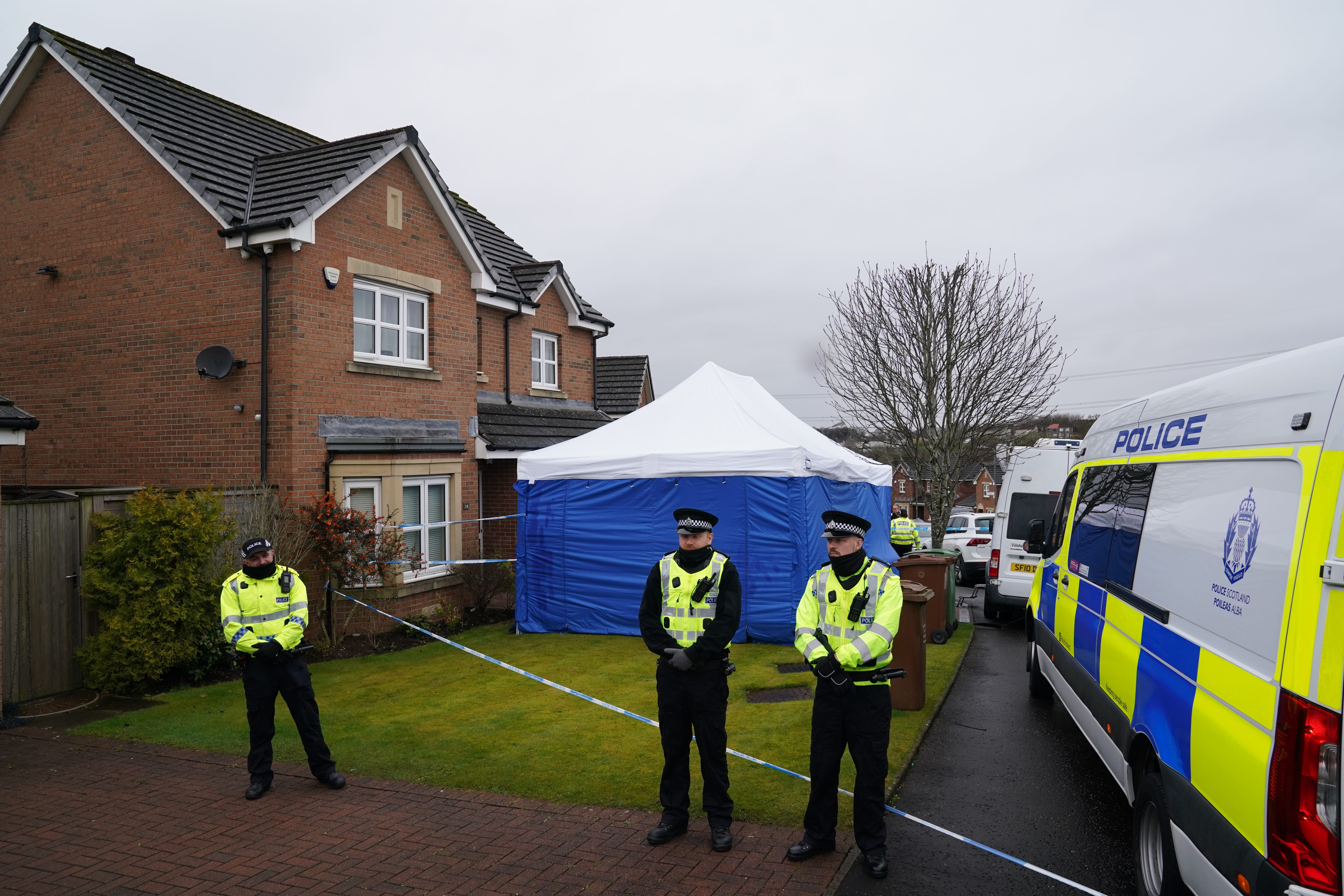Peter Murrell – one half of Scotland’s premier political power couple
Nicola Sturgeon’s husband, Peter Murrell, has been arrested over an ongoing investigation into SNP finances.

Your support helps us to tell the story
From reproductive rights to climate change to Big Tech, The Independent is on the ground when the story is developing. Whether it's investigating the financials of Elon Musk's pro-Trump PAC or producing our latest documentary, 'The A Word', which shines a light on the American women fighting for reproductive rights, we know how important it is to parse out the facts from the messaging.
At such a critical moment in US history, we need reporters on the ground. Your donation allows us to keep sending journalists to speak to both sides of the story.
The Independent is trusted by Americans across the entire political spectrum. And unlike many other quality news outlets, we choose not to lock Americans out of our reporting and analysis with paywalls. We believe quality journalism should be available to everyone, paid for by those who can afford it.
Your support makes all the difference.Until the former first Minister’s resignation, Nicola Sturgon and Peter Murrell were Scotland’s premier political power couple.
The Scottish National Party’s former chief executive, 58, stood down from the role during the recent SNP leadership campaign.
Mr Murrell had been at the helm of the party since 1999, when he took over from the first holder of the role, Michael Russell.
The party official had previously worked in the Banff and Buchan constituency office of the former SNP leader, Alex Salmond.
The couple met through their work with the SNP in the late 1980s, and were first announced to be in a relationship in early 2003.
They married in 2010 in Glasgow, while Ms Sturgeon was deputy leader of the party and serving as the Scottish Government’s health secretary.
During Mr Murrell’s 20-year stint at the helm of the party, Ms Sturgeon – who is six years his junior – rose through the ranks after first being elected to the Scottish Parliament in 1999.
She unsuccessfully stood for leader in 2004, before agreeing to a joint ticket with Mr Salmond, standing as his deputy.
The SNP won power as a minority government in 2007, often attributed to Mr Murrell’s organisational skills, and made huge electoral gains in the 2011 election.
After Mr Salmond’s resignation in 2014 following the result of the independence referendum, Ms Sturgeon was elected unopposed as successor.
Questions were raised at the time about the close working and personal relationship between husband and wife, but they insisted there was a strict division of power within the party’s governance.
After eight years in the top job, Ms Sturgeon announced her intention to stand down as first minister in February, with Mr Murrell following suit as the race to choose the next Scottish premier ensued.
When she stood down, Ms Sturgeon insisted the row surrounding transgender rights was not the “final straw” but said it was “time for someone else” to lead the party.
“This decision comes from a deeper and longer-term assessment,” she said.